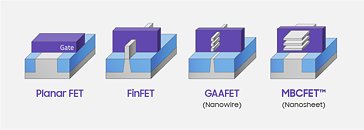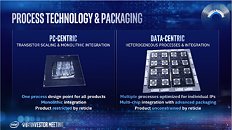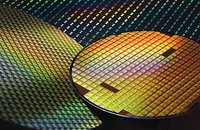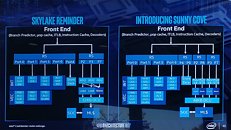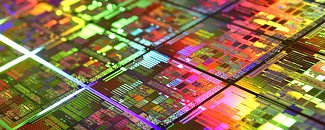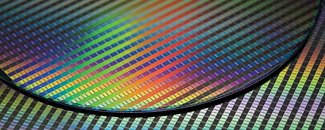
TSMC to Begin Mass Production of 5nm Chips in 2020
According to industry sources over at DigiTimes, TSMC will begin mass production of its 5 nm node in March 2020, when companies using the 5 nm PDK can tape out their designs and integrate them into future products. Going into volume production two years after the 7 nm node, 5 nm is trying to put Moore's Law back on track again.
Built using the Extreme Ultra-Violet lithography (also known as EUV), 5 nm node is supposed to utilize existing FinFET transistors along with many improvements in speed, power and density when compared to existing 7 nm node. Speed is supposed to increase by around 15%, while density will improve by as much as 80%, which is excellent news for everyone. Noticeable power reduction is also present and it is now possible to have about 30% reduction in power consumption, while also enjoying additional speed and density improvements that new node brings.
Built using the Extreme Ultra-Violet lithography (also known as EUV), 5 nm node is supposed to utilize existing FinFET transistors along with many improvements in speed, power and density when compared to existing 7 nm node. Speed is supposed to increase by around 15%, while density will improve by as much as 80%, which is excellent news for everyone. Noticeable power reduction is also present and it is now possible to have about 30% reduction in power consumption, while also enjoying additional speed and density improvements that new node brings.







